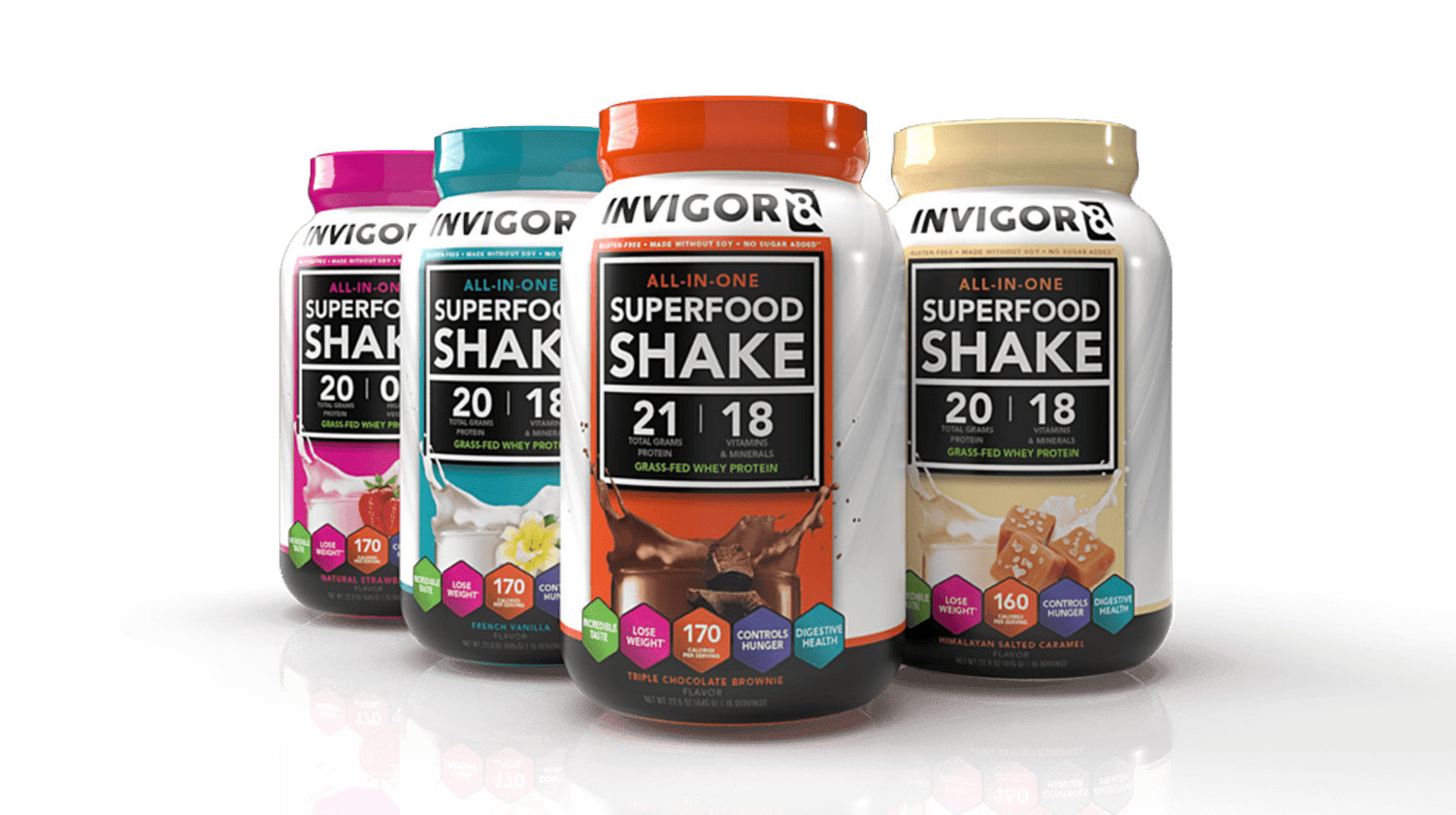Your Cart is Empty
Need a Reset? Kick Your Diet Into Reverse
by Ana Reisdorf, MS, RD September 21, 2019 3 min read

The reverse diet is a growing trend in the health and fitness community. Although it’s especially popular among competitive bodybuilders and weight-lifters, it can be followed by pretty much anyone. This article covers the basics of what reverse dieting is, how it works, and whether you should try it.
What Is Reverse Dieting and How Do You Do It?
Intended to reset — and boost — your metabolism after a period of limited caloric intake, reverse dieting is a way to return to a normal eating pattern without unwanted side effects like weight gain that are often experienced by reintroducing too much, too soon.
Why is a reset needed? People who restrict calories for a long time often cause their metabolism to slow down. Your body will adapt to this new rate in order to preserve energy and prevent more weight loss.
The specifics of reverse dieting will vary depending on the individual, but it generally follows these steps:
- Determine your target caloric intake. It can be helpful to track your usual intake for a few days and come up with an average.
- Set your target protein intake. This is typically around 1 gram of protein per pound of your current weight. Use this to figure out how many calories from you need from protein.
- Calculate your macronutrient plan. This will outline the percentage of daily calories that come from carbs, fat and protein.
- Design your plan. Plan to increase your calories by 50 to 150 per week. As for carbs and fat, many people increase by 5-25% in the first week, and then 6-10% in subsequent weeks.
- Follow your plan until you reach your caloric goals. This is usually how much you ate before you began restricting calories and the point at which you begin gaining weight again.
Who Should Try Reverse Dieting?
Although reverse dieting is primarily used in competitive sport industries like bodybuilding, that doesn’t mean it’s exclusive.
Reverse dieting has also been used with success among people who have a history of yo-yo dieting or periods of restricted and inconsistent eating patterns. If you’re looking to reset your metabolism after a period of eating this way, you might consider the reverse diet.
Tips For Reverse Dieting Success
If you’re looking to give reverse dieting a shot, here are some things to keep in mind.
Start by making a plan, and doing your best to stick to it. A little preparation now can save you time and energy later. Spend some time outlining your goals, caloric and macronutrient needs, and timeline so you have a clear plan moving forward. Many reverse diets last four to 10 weeks, but you can adjust your plan as time goes on and should aim for weekly increases. Continuing your regular physical activity pattern should be a part of this plan. Weight lifting can boost metabolism further.
Keep track of how things are going. Stay aware of any changes in your body, mental health, and overall feelings during your reverse diet. Most people benefit from measuring body fat and weight consistently, like once or twice per week. Take body measurements at the same time every time for accuracy. Ideally, this will be early in the morning before consuming anything. If you’re feeling at all restricted in your eating pattern, you may be increasing your food intake too slowly.
Prioritize healthy food choices. Tracking your macronutrients and calories doesn’t always put restrictions around what you’re actually eating, as long as they fit into the numeric ranges you’ve set. However, eating junk doesn’t benefit your body. Make it a point to choose minimally processed whole foods like fruits, vegetables, legumes, nuts, seeds and clean proteins as much as you can. This habit will serve you regardless of the type of diet you’re following.
Keep in mind that much of the evidence for reverse dieting is anecdotal, but that doesn’t mean it won’t work for you. It just depends on whether you think your best way to move forward with your goals is to shift into reverse.
About the Author

Ana Reisdorf, MS, RD
Ana Reisdorf has 12 years of experience as a registered dietitian. She has a passion for creating health and nutrition content. She is the author of two books, the “Lupus Cookbook” and “The Anti-inflammatory Diet One-Pot Meals.” Find her at anareisdorf.com.
The INVIGOR8 Weight-Loss Family
Our weight-loss products all work great on their own, but they work even better together! Try our Superfood Shake in combination with our Collagen Peptides or Burner Shake to promote healthy weight loss.
Also in Health & Wellness

Benefits of Adding Fiber to Protein Shakes for Better Digestion
by Power Digital October 24, 2024 5 min read
Enhance digestion and wellness by adding fiber to your protein shakes. Follow INVIGOR8’s tips on mixing fiber and protein for a balanced, gut-friendly boost!
Read More
The Role of Collagen in Postpartum Recovery: What You Need to Know
by Power Digital October 21, 2024 5 min read
Discover how collagen aids postpartum recovery and supports your body’s healing. Shop INVIGOR8’s collagen peptides for a smoother recovery journey!
Read More
Understanding the Role of Protein in Skin Elasticity and Anti-Aging
by Power Digital October 03, 2024 5 min read
Learn how protein sources support skin elasticity and combat aging. Explore INVIGOR8's protein and collagen supplements to revitalize your skin today!
Read MoreSubscribe
Get free recipes, fitness tips and special offers delivered to your inbox!
Categories
Recent Articles
The INVIGOR8 Weight-Loss Family
Our weight-loss products all work great on their own, but they work even better together! Try our Superfood Shake in combination with our Collagen Peptides or Burner Shake to promote healthy weight loss.
Get free recipes, fitness tips and crazy discounts delivered to your inbox!
We respect your privacy. We will not share your information.










